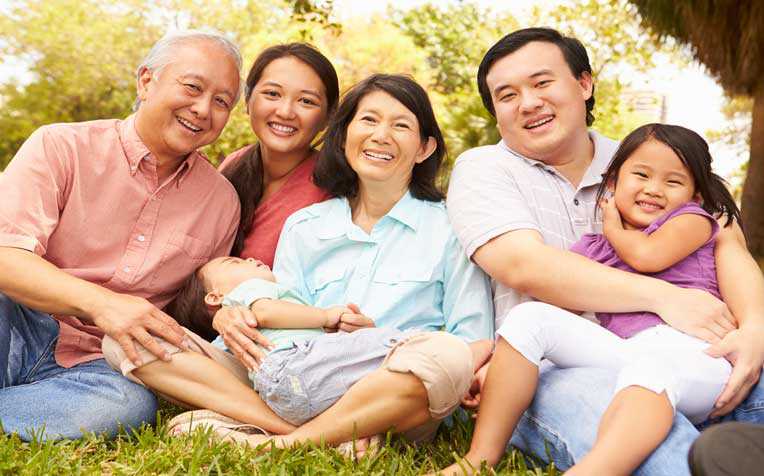
Facilities that help extended families live together go a long way in helping the elderly cope with illness and allows for better pain management.
How chronic pain affects the body
Painful knees or a painful back may not seem as big a deal as falling sick with say, cancer. But for the elderly, pain that persists over a long period can be – and is – a big deal. Having painful knees, for instance, can slowly lead to a loss of independence. People with painful knees tend to become less active. They don’t go out as much, preferring to stay at home with their feet propped up in front of the TV.
This becomes a vicious circle as inactivity leads to deterioration of bodily functions, worsening the pain. Over time, they will need help with everyday chores and activities, and become isolated with little or no contact with others. In short, living with chronic pain, limited mobility and limited social interaction can hurt a person’s quality of life, pushing him into a deep funk or even depression.
Study shows living alone and having a poor social network can worsen chronic pain over a period of time
A study by Dr Katy Leung, Senior Consultant, Department of Rheumatology and Immunology, Singapore General Hospital (SGH), a member of the SingHealth group, has found living alone and having a poor social network to be associated with the onset and progression of chronic pain over a period of time. Conversely, an elderly person who lives with a large number of people – a proxy for social support inside the home – is less likely to experience chronic pain. And if he already suffers from chronic pain, it is less likely to worsen, at least over the next two years, the study showed.
The study didn’t explain how social support is related to the onset and progression of chronic pain, but sociopsychological factors like anxiety and depression are known to cause or perpetuate pain. The type of social support available has also been shown to alter how a person reacts and adjusts to pain, said Dr Leung. “Good social support helps people cope. With greater support, you feel happier, you feel more able to cope with stress and the illness that causes the pain. So, you might be able to get over painful episodes better and more easily,” she added.
Dr Leung used data from the Social Isolation, Health And Lifestyles Survey 2009, by Associate Professor Angelique Chan, Duke-NUS Medical School. The survey, commissioned by the Ministry of Community Development, Youth and Sports, had 3,130 participants aged 60 and above.
As she is particularly interested in knee osteoarthritis and health-related quality of life, Dr Leung was keen to analyse the data for the onset and progression of chronic pain. Low back pain and knee osteoarthritis (a form of joint disease due to wear and tear), she noted, are two of the major conditions contributing to chronic pain.
Chronic pain, the survey found, is common in Singapore: 13 per cent of the participants suffered from moderate to extreme chronic pain, while another 28 per cent reported mild pain. The common painful areas were the legs (29 per cent), and the back and waist (19 per cent). The results, said Dr Leung, were similar to studies done elsewhere. For instance, older women with less education, depression, more illnesses and disabilities were linked with having chronic pain.
Ageing population in Singapore
An understanding of the health needs of the elderly is important in crafting policies and programmes, as Singapore’s population is ageing rapidly. According to government statistics, the number of adults aged 65 and above stood at 460,000 in June 2015 or about 12 per cent of the resident population. This group is projected to increase to 900,000 by 2030. At the same time, the number of elderly households in Singapore is rising rapidly because of the increase in the number of smaller, nuclear families and more people remaining single.
Likewise, health care costs for the elderly are projected to rise tenfold over the next 15 years to more than US $49 billion (S$66 billion) annually, or an average of US $37,427 a year for each elderly person by 2030. This is the highest in the Asia-Pacific region, just ahead of Australia, according to Advancing Into The Golden Years, a report by Marsh & McLennan Companies.
Government policies to bring families closer bode well for pain management among the elderly. Such efforts include building bigger flats so that extended families can live together, and incentives to encourage family members to live close to one another. Community centres with activities for the elderly allow them to gather together in the neighbourhood to interact and spend their retirement with each other,” said Dr Leung. “We want people to age well, rather than have a prolonged life without quality,” she added.
Ref: O17
Contributed by















 Get it on Google Play
Get it on Google Play